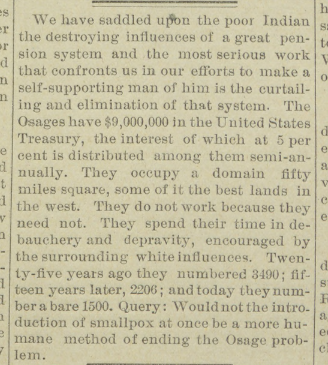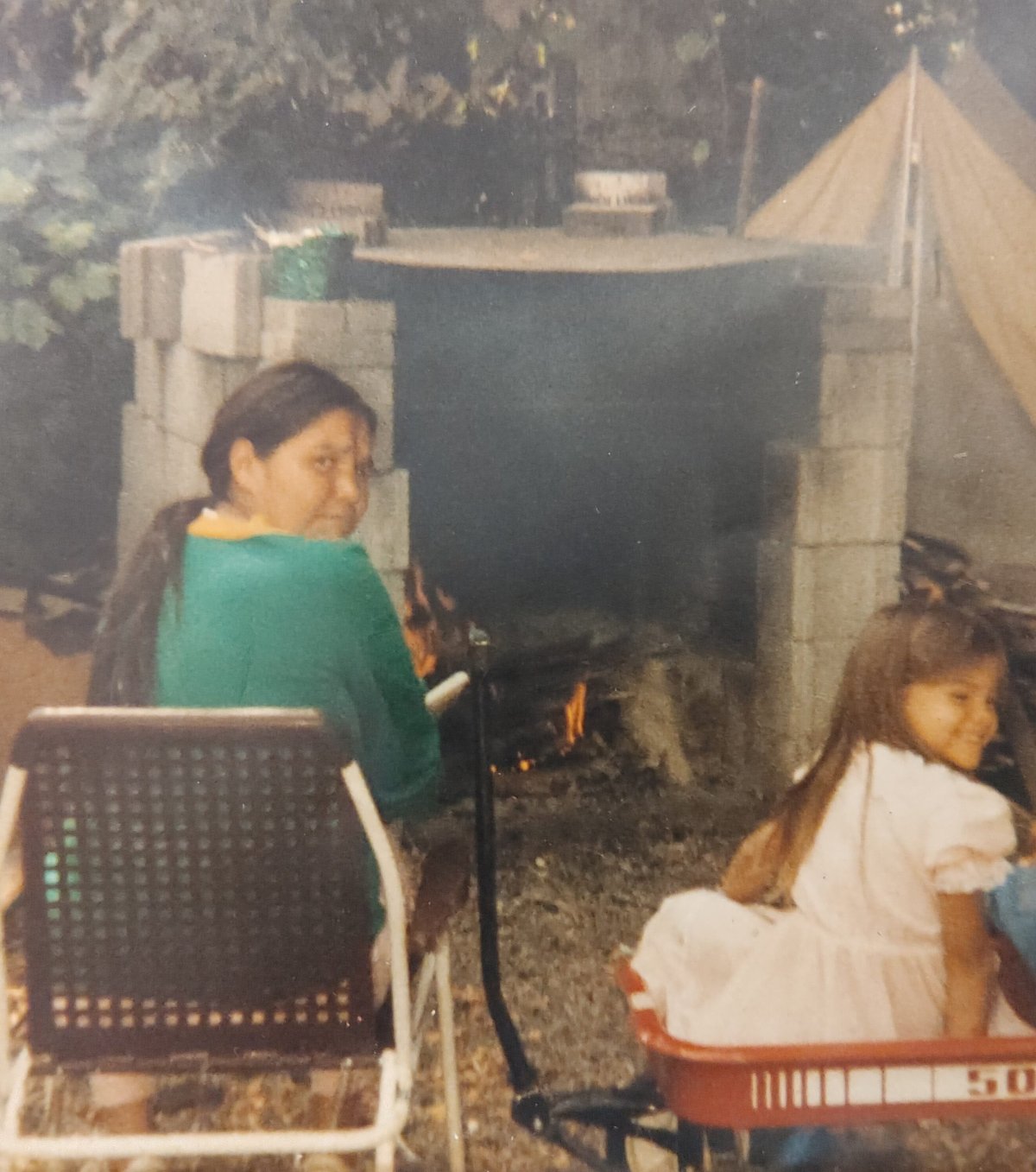READ: https://globalnews.ca/news/10211379/sisters-reunite-sixties-scoop-vancouver/
WARNING: This story deals with disturbing subject matter that may upset and trigger some readers. Discretion is advised.

It was a reunion decades in the making and a kickoff to the new year the Quill family will never forget.
Sisters
Nita and Brandy Quill met for the first time at a SkyTrain station in
Vancouver last week, more than 30 years after they were separated during
a period of colonial violence against Indigenous families known as the ’60s Scoop. The pair found each other on Facebook in the years after their mother’s death.
“It’s
surreal. Nothing like this has ever happened in our lives before,”
Brandy said, embracing her long-lost sister at Burrard Station downtown.
“This
is to me a miracle. I’m just trying to take it in. It will probably
take a long time to process it. It’s a dream come true.”
’60s Scoop advocate Katherine Legrange on the need for a national inquiry

The ’60s Scoop refers to a period between the 1950s and
1980s after amendments to the Indian Act let provincial governments take
over Indigenous child welfare. Thousands of First Nations, Inuit and
Métis children were taken from their birth families, usually without
consent, and placed in non-Indigenous homes.
Many were stripped of
their language and culture, and left with complex questions about their
identities. Many also experienced physical, sexual, mental and
spiritual abuse.
“So much of our lives has been taken from us, so
to ever be in a moment where we don’t have to be afraid of who we are,
that we’ve been given our meeting, it just feels like it’s the beginning
of something new — not just for us but for the country,” Brandy said.
“I only wish our mom was still here to see it with us.”
’60s Scoop advocate Colleen Cardinal on challenges reconnecting to birth communities

Nita and Brandy are the daughters of Linda Quill, a
Sapotoweyak Cree woman from Manitoba and a residential school survivor. Linda was abused and malnourished at residential school, eventually
contracted tuberculosis and was placed in a sanitorium without her
family’s knowledge, Brandy told Global News.
Brandy was born in Edmonton, placed in foster care at the age of
five and eventually shipped off to an Ontario group home where she aged
out of care and has lived independently since then. Nita was born in
Winnipeg, taken from Linda at 18 months of age and adopted by a family
in Scotland.
“I’ve always known there’s more to me, there’s more
to who I am, there’s more to my story,” said Nita, who also met her
niece — Brandy’s daughter Taylor — at the station last week.
“Blood
memory goes very deep so I’ve been nervous for the last 24 hours.
Meeting my sister definitely calms me. It’s a relief. It’s the end of an
era but it’s also the beginning.”
Brandy said she and her mother “cried for years” wondering what happened to Nita, the eldest sister.
Nita
eventually left her adoptive family in Scotland with no knowledge of
her Sapotaweyak and Wuskwi Sipihk family in northern Manitoba, but
through a Facebook post, connected with Brandy.
Both she and Brandy said they were told false stories of their mother having tried to leave them after their births.
“My
story — it’s always been a journey of identity, of belonging,
understanding. My story is one that’s repeated so much within a lot of
families. It’s a story of being lost,” Nita said.
“The bigger picture is we are together and there’s a lot of hope …
for a lot of the pain to go away and a lot of the happiness to come in.
This is a promising day.”
The Manitoba government apologized for its role in the ’60s
Scoop in 2015. The Alberta government followed suit in 2018 and
Saskatchewan Premier Scott Moe did the same in 2019.
In 2022, the Sixties Scoop Indigenous Society of Alberta pressed the B.C. government to follow suit. No such apology has been delivered at the B.C. legislature.
“In
B.C., we are committed to a respectful and genuine dialogue with the
survivors, families and communities impacted by these historical wrongs
on how best to move towards an apology that will be part of the healing
process,” wrote B.C.’s Ministry of Children and Family Development in a
Tuesday statement.
“We recognize an apology must also address the
continued impact of colonization on Indigenous families, especially in
terms of the child welfare system. This process must be sensitive and
trauma-informed in order to reach a meaningful apology.”

‘Our children have an inherent right to know who they are’: Sts’ailes former chief on new legislation in MCFD
Nita, Brandy and Taylor shared many tight hugs in Vancouver
before going out for a meal and getting to know each other better. They
credited their mother for their reunion and said they know she was
watching, smiling from the Spirit World, as her daughters and
granddaughter reunited.
“We’re just so blessed to be able to continue the next bit of our path together so we’ll see where that takes us,” Brandy said.
The
family said they hope their story inspires others who have been through
similar experiences and fosters empathy among those who haven’t.
— with files from Cliff Shim and Aaron McArthur
The
Hope for Wellness Help Line offers culturally competent counselling and
crisis intervention to all Indigenous peoples experiencing trauma,
distress, strong emotions and painful memories. The line can be reached
any time toll-free at 1-855-242-3310.
%20A%20Force%20Of%20Nature%20-%20The%20Long%20Way%20Around%20Podcast%20Version.png)











































